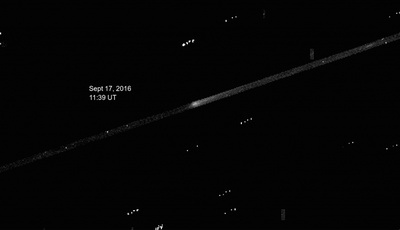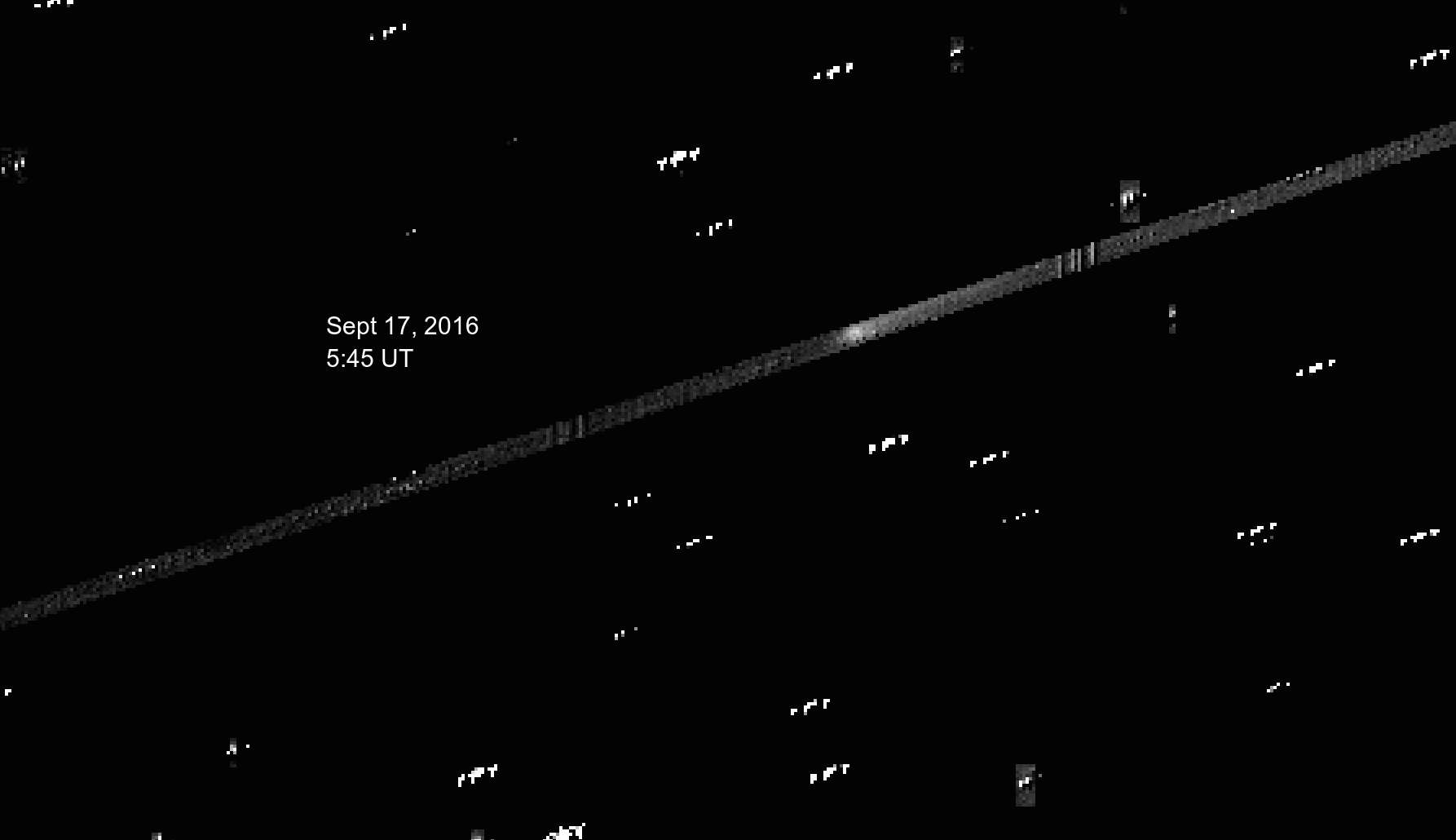CometWatch from Kepler
A world-class exoplanet hunter, Kepler is now in its second mission, called K2, which started on 30 May 2014. While still looking for exoplanets, it is now performing observations along the ecliptic and so observing a wealth of Solar System objects, from large bodies like Neptune and Pluto to smaller ones, like comets. For example, it took images of Comet Siding Spring (C/2013 A1) in October 2014.
“Observing Comet 67P/C-G with Kepler was a unique opportunity to get a global perspective of the gas and dust in the comet's environment while Rosetta was getting closer and closer to the nucleus,” says Colin Snodgrass of the Open University, UK, who coordinates a consortium of professional astronomers that observed the comet remotely during the time of Rosetta's mission.
“Together with the many ground-based observations of the comet performed over the last couple of years, these images will be instrumental to understand the link between the activity observed locally by Rosetta and remotely from Earth (or near Earth), providing crucial information for the study of other comets that we cannot visit with spacecraft.”

